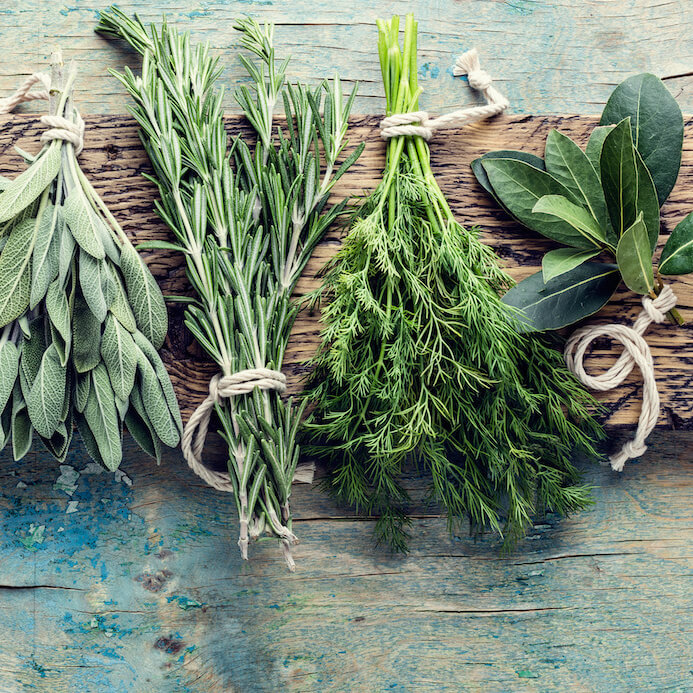Living Maxwell
Better Choices
My Best Juicing Advice – Keep It Simple
Ever since I launched the Pressed Organic Juice Directory a few months ago, people have been constantly asking me what I drink for juice.
In terms of pressed organic juice, I prefer green juice in a glass bottle. However, sometimes glass is not available. And sometimes straight green juice is not available either. Usually, this means that a juice bar has added apple for sweetness.
Despite the fact that I have plenty of places to buy pressed organic juice in my neighborhood, I have not abandoned juicing at home. And I never will.
Juicing at home is essential because the juice is made with our own hands, energy, and love. The importance of this cannot be emphasized enough and definitely has an impact on the quality of juice that enters our bodies.
Furthermore, when we make juice, it is EXACTLY how we want it to be, and we can be sure that it has been properly washed and cleaned.
If you’re new to juicing or haven’t juiced in a while (maybe your juicer is sitting on your kitchen counter and hasn’t been touched in weeks or months – raise your hand if that is you!), here is my best advice – keep it simple.
Don’t let the excuse of not having enough time or not having a good juicing recipe get in your way. You don’t need 17 ingredients or fancy herbs to make a great-tasting, high-quality juice.
Just make the time and also make it very easy on yourself.
So, here’s what you can do.
1) Buy one of the following for your base: celery or cucumber.
2) Buy one leafy green, such as kale, romaine, or dandelion. Or, you could buy carrots instead.
3) Buy lemon, lime, ginger, or apple to add some taste.
#2 and #3 are completely optional. This could be a one-ingredient juice, such as celery juice.
But don’t think for one second that celery juice doesn’t have real value because it is not a dark, leafy green. It does. Celery has tremendous anti-inflammatory properties, is a great source of phytonutrients, and aids in digestion.
Do yourself a favor and commit to making juice for yourself tomorrow. Why?
Because I promise you that your body and mind will feel so incredibly energized if you do.
And, of course, make sure the vegetables that you buy are organic.
—-
If you don’t have a juicer at home, here are three juicers that I recommend. Not surprisingly, the quality of the juicer has a lot to do with the price.
Breville JE98XL – a good starter juicer for people new to juicing. Since this is a centrifugal juicer, make sure that you drink the juice immediately. If not, it will oxidize quickly and you’ll lose important enzymes.
Omega J6008 – a GREAT juicer if you’re looking to move up one level in quality from a centrifugal juicer. This Omega uses a single auger mechanism to masticate the juice and doesn’t take up much room on the counter. This machine makes excellent juice, and clean-up time is under five minutes. I’m a big fan. Drink the juice within 15 minutes of juicing.
Green Star 1000 – a twin-gear juicer that makes phenomenal juice. If you are serious about juicing and know that you are ready to make a real commitment to it, this is a fantastic pick. I have had it for about 5 years and love it. Drink the juice within 15 minutes of juicing.
Whatever juicer you have, even if it is a $2,500 Norwalk machine, the less time between when the juice is made and when you drink it, the better.
